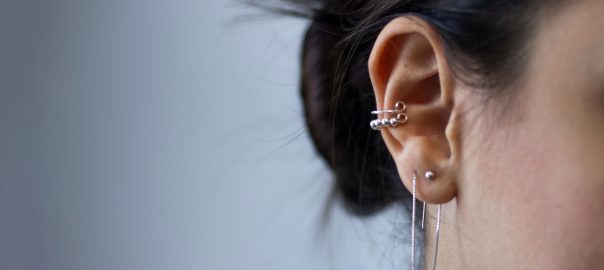Understand how injuries are classified and which techniques are capable of mitigating the impacts caused by a burn
One of the most common domestic accidents, burns can occur at different levels of severity and cause a series of sequelae in patients – ranging from skin destruction to irreversible damage to bones and organs.
It is not by chance that many doctors specialize in burn care and procedures, committed to repairing and recovering the self-esteem, mobility and even the quality of life of these people.
Among the most common repair techniques, we can highlight plastic surgery and aesthetic treatments as being one of the best allies to soften the marks left by the accident and promote not only an aesthetic but a physical improvement in the patient.
With the aim of clarifying the main doubts on this subject, we have gathered in today’s content everything you need to know about the classification of burns, how to care for it, what to do and what procedures are capable of repairing these damages. Follow up!
The types of burn
Before knowing what are the aesthetic procedures aimed at repairing a burn, we need to understand what actually characterizes it and what are the agents responsible for causing them.
It is established that burns are caused by the contact of the skin or body with some source of heat or cold, chemicals, animals, plants, electric current and even radiation.
However, it is necessary to know that there are different degrees of burn, after all, the damage caused by touching a hot pan with your finger is not the same if you come into contact with an acid, for example.
Among the most common types of burns, we can highlight:
- Thermal burns: caused by a source of heat or cold, such as fire, boiling liquids, excessive heat, steam, hot objects and the like;
- Chemical burns: caused by skin or body contact with chemical substances harmful to health, such as acids, solvents and other components;
- Electrical burns: from electrical discharges, that is, when there is contact of some part of the body with an electrocuted surface.
To further understand the types of burns, the extent of the burned body area is considered, as follows:
- Mild burns correspond to less than 10% of the body surface;
- Medium burns reach 10 to 20% of the total percentage;
- Severe burns account for more than 20% of the body area.
The ratings of each burn
There is also a classification aimed at assessing the depth of burns. Established by the Brazilian Society of Burns, this classification aims to assess the degree of tissue involvement and help guide care and treatment and procedure for burns.
1st degree
They are considered burns that reach the most superficial layers of the skin, such as, for example, sunburn.
Its main characteristics are redness, swelling, bearable local pain, edema and peeling in a period of 4 to 6 days. No bubbles or major inconveniences form.
2nd degree
Second-degree burns are those that reach the deepest layers of the skin and can cause damage to the patient’s dermis and epidermis.
Its characteristics focus on blisters, reddened skin, pain, swelling, shedding of skin layers and, depending on the case, even shock.
Its recovery varies from 7 to 21 days, and it may leave scars and require more intensive care so that it does not impair the quality of life or functionality.
3rd degree
Third-degree burns are considered the most serious and severe, reaching all layers of the skin, and may even reach the bones.
Characterized by the whitish or blackened skin plaque, they present little or no pain to the individual and, in most cases, require skin grafting to soften their aesthetic and functional impacts.
What to do in case of burns?
Regardless of the type, the burns treatment in Nagpur is usually the same in all cases:
- Wash the area in running water for approximately 10 minutes;
- Remove any and all accessories that can retain body heat (rings, earrings, bracelets, watches);
- If the clothing is not in contact with the burned skin, it is also indicated to remove it if it is close to the affected site;
- Place a clean cloth or wet sterile gauze over the area and seek the nearest medical attention.
And what not to do?
No toothpaste, ointment, butter or any other popular beliefs. When it comes to a burned region, the best thing to do is seek specialized care as soon as possible.
Don’t pop blisters, and if the burned tissue is stuck to the skin, don’t try to remove it. Only a professional with the indicated techniques is able to alleviate the situation.
Treatments for burn victims
Although dermocosmetics are capable of relieving the scars left by a burn, in some cases, as we explained, only skin grafting can restore mobility and improve the aesthetics of some regions of the body.
In this sense, the patient should seek a specialized plastic surgeon in Nagpur so that the professional can assess what can be done, considering the individual characteristics of the case and performing the procedure for burns.
Reconstructive surgeries usually have excellent results in the scar treatment in Nagpur and injuries caused by burns, restoring quality of life and self-esteem to these patients.
However, it is worth remembering that only after a careful evaluation by the best plastic surgeon in Nagpur is it possible to align expectations and find out the best treatment for your case.




